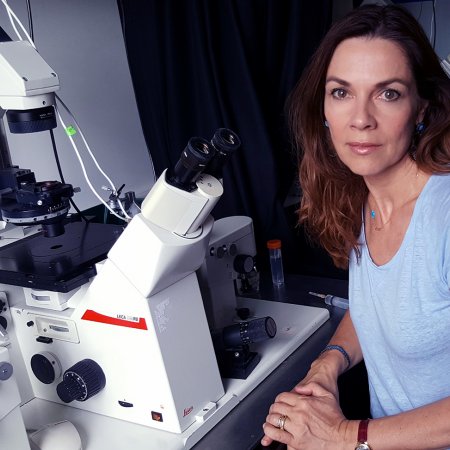Sidney Fellow Professor Magdalena Zernicka-Goetz and her team of researchers from the University have used mouse stem cells rather than eggs or sperm to develop the embryo model – complete with brain and a beating heart.
Zernicka-Goetz and her team replicated natural processes in the lab by guiding the three types of stem cells found in early mammalian development to the point where they start interacting. By inducing the expression of a particular set of genes and establishing a unique environment for their interactions, the researchers were able to get the stem cells to ‘talk’ to each other.
To reach the point where the entire brain, including the anterior portion, began to develop is groundbreaking and the furthest point that has ever been achieved in any other stem cell-derived model.
It has taken the team more than a decade of research to work up to this and the findings have been reported today in the journal Nature.
It is hoped that the work will help researchers understand why some embryos fail while others go on to develop into a healthy pregnancy. Additionally, the results could be used to guide repair and development of synthetic human organs for transplantation.
Visit the University website to discover more and hear from Zernicka-Goetz.
Reference:
Gianluca Amadei et al. ‘Synthetic embryos complete gastrulation to neurulation and organogenesis.’ Nature (2022). DOI: 10.1038/s41586-022-05246-3
If you have something that would make a good news or feature item, please email news@sid.cam.ac.uk
